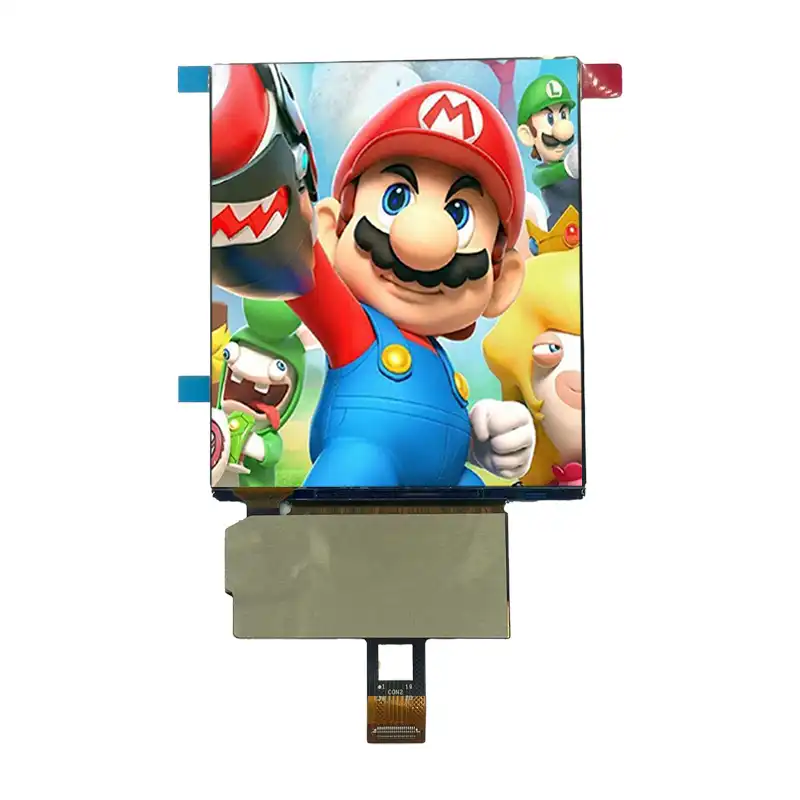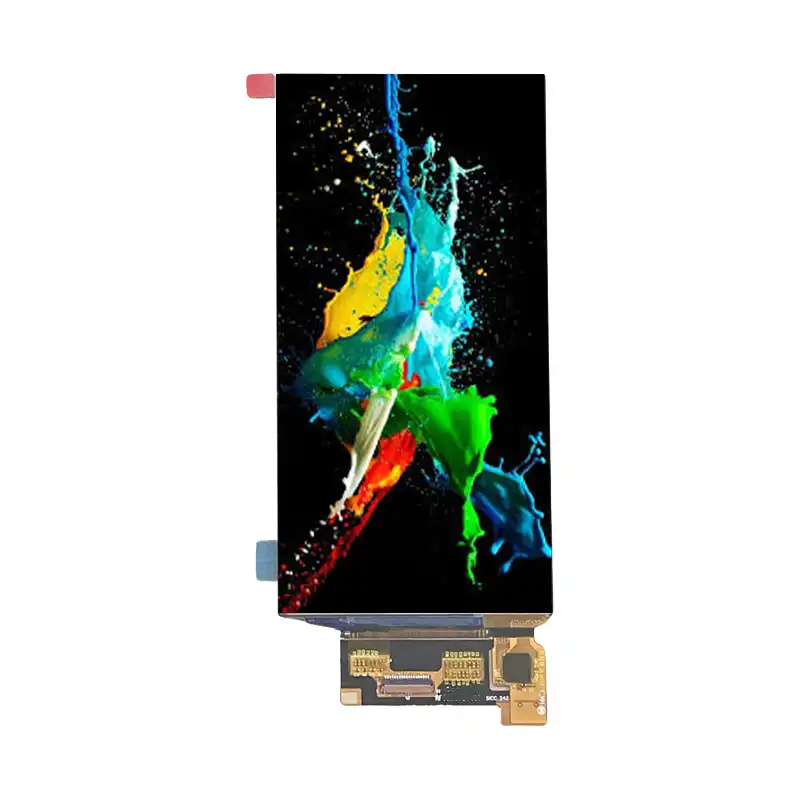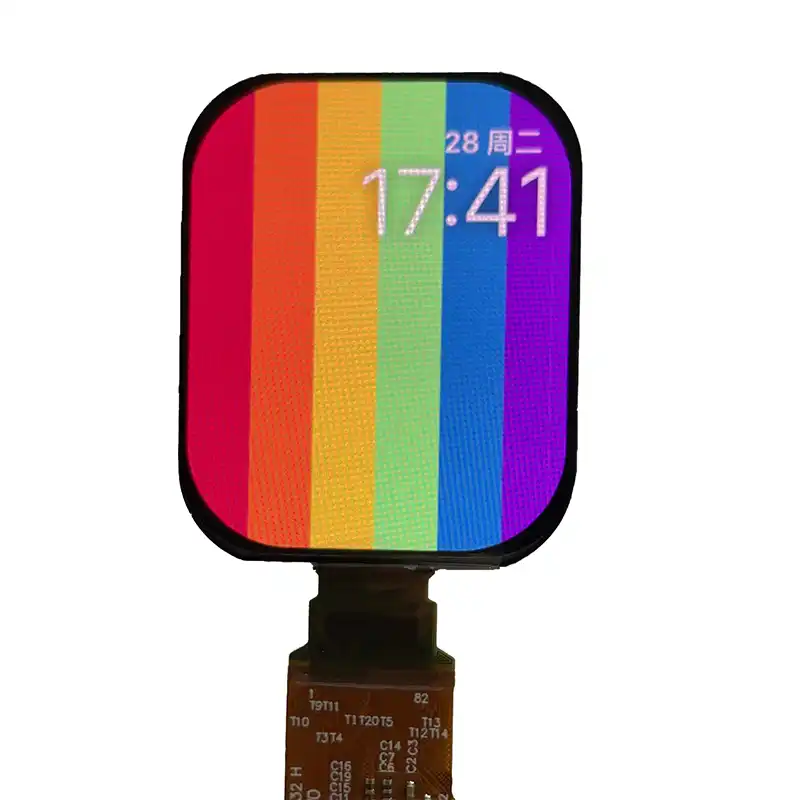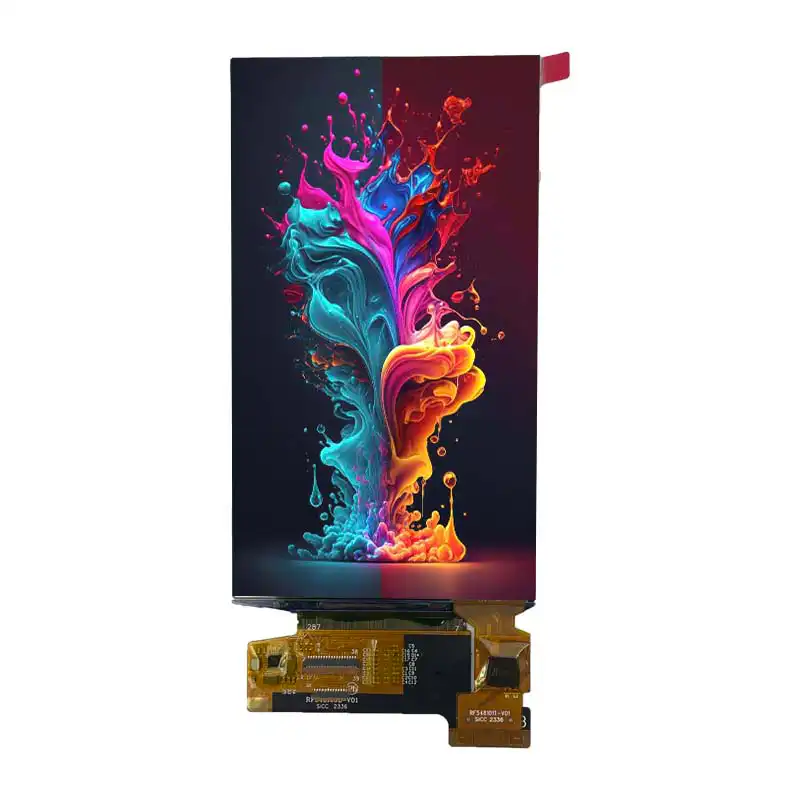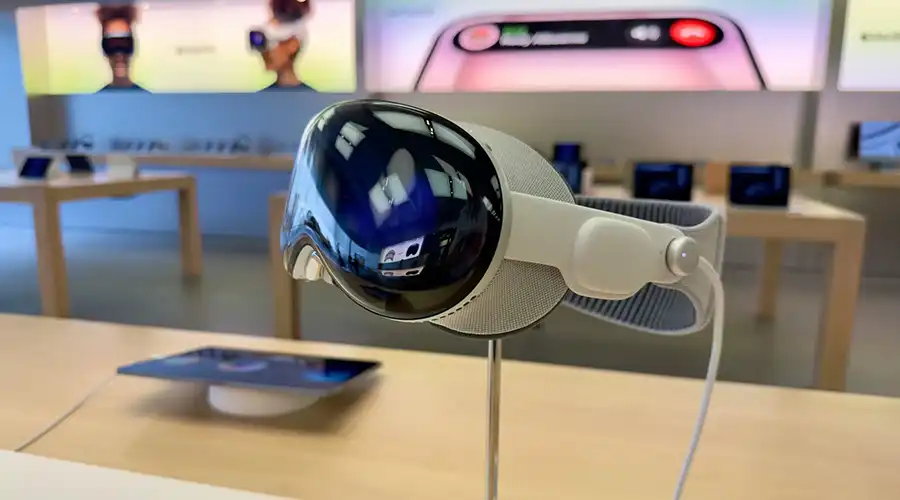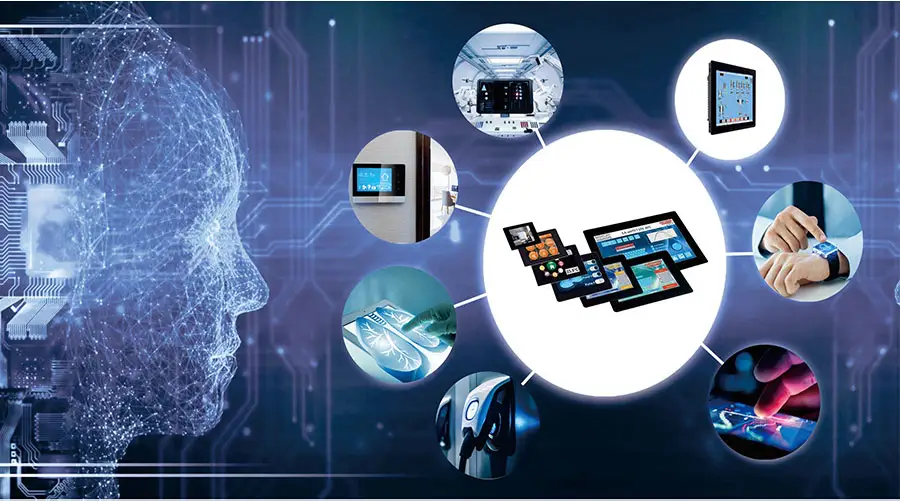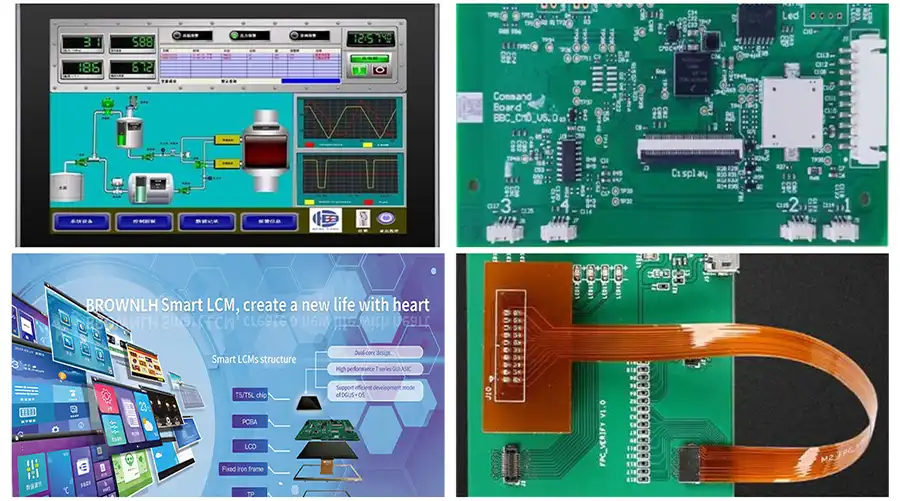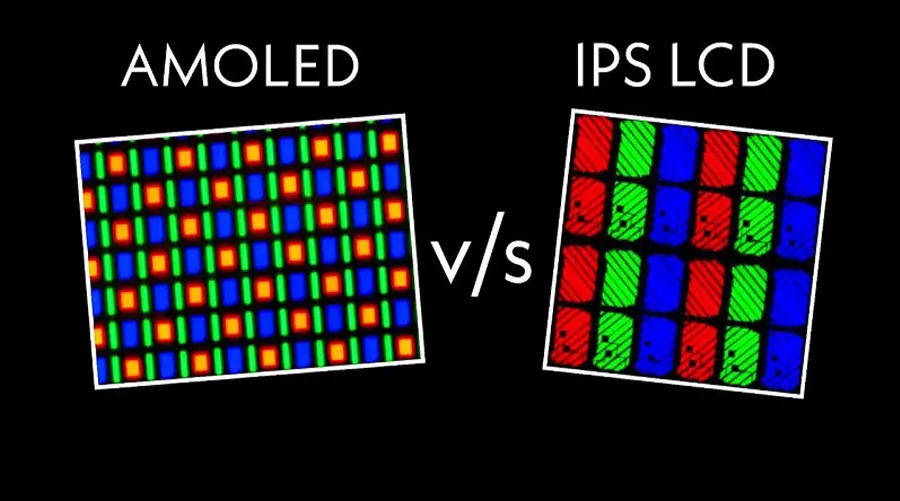What Is an OLED-дысплей?
АнOLED-дысплей, or Organic Light Emitting Diode Display, is an advanced visualization technology that uses organic compounds to emit light when an electrical current is applied. Unlike traditional LCDs (Liquid Crystal Displays) that require backlighting, OLED Displays are self-emissive, enabling thinner, lighter, and more energy-efficient screens.
The term “OLED-дысплей” represents a significant leap in display technology that offers unparalleled contrast, higher color accuracy, and deeper blacks. These displays are widely used in consumer electronics, medical devices, automotive dashboards, and industrial equipment.
Basic Structure of an OLED-дысплей
The typical OLED-дысплей consists of several thin organic layers sandwiched between two electrodes on a substrate. When voltage passes through, the organic layers emit light by recombination of electrons and holes. The main layers include anode, cathode, emissive layer, and conductive layer. This layered construction supports flexible and lightweight designs.
OLED-дысплей vs Other Display Technologies
Compared to LCDs and other technologies like MicroLED, OLED Displays provide superior image quality due to self-lit pixels that do not require backlight, offering better viewing angles, higher contrast ratios, and faster response times. Additionally, OLED-дысплей can be fabricated on flexible substrates, allowing curved and foldable screens.
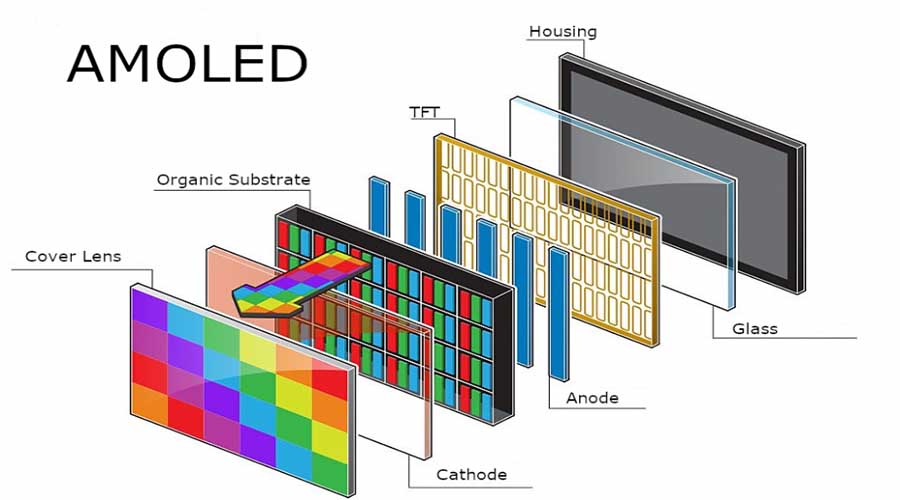
In-Depth OLED-дысплей Technology
Fundamental Principles of OLED-дысплей Technology
The key to OLED-дысплей technology lies in utilizing organic electroluminescent materials that emit light electrical stimulation. Applying current causes electrons to move across organic layers and recombine, releasing photons of light. Since each pixel emits its own light, the OLED-дысплей eliminates the need for bulky backlights, resulting in slimmer displays.
Material engineering plays a critical role in performance and lifespan of OLED Displays. Common materials include small molecules and polymers, and multiple organic layers optimize charge balance and light emission.
Active-Matrix and Passive-Matrix OLED Displays
OLED Displays come in two categories: Active-Matrix OLED (AMOLED) and Passive-Matrix OLED (PMOLED). AMOLED uses thin-film transistor (TFT) arrays to activate individual pixels, supporting high resolution and fast refresh rates for smartphones and large displays. PMOLED is simpler, suitable for smaller, low-resolution screens, often used in wearable devices and secondary displays.
Manufacturing Process of OLED-дысплей
The production of a reliable OLED-дысплей involves substrate preparation, vacuum deposition of organic layers, encapsulation to prevent moisture ingress, and rigorous testing. Technologies such as thermal evaporation and inkjet printing are utilized for layer deposition.
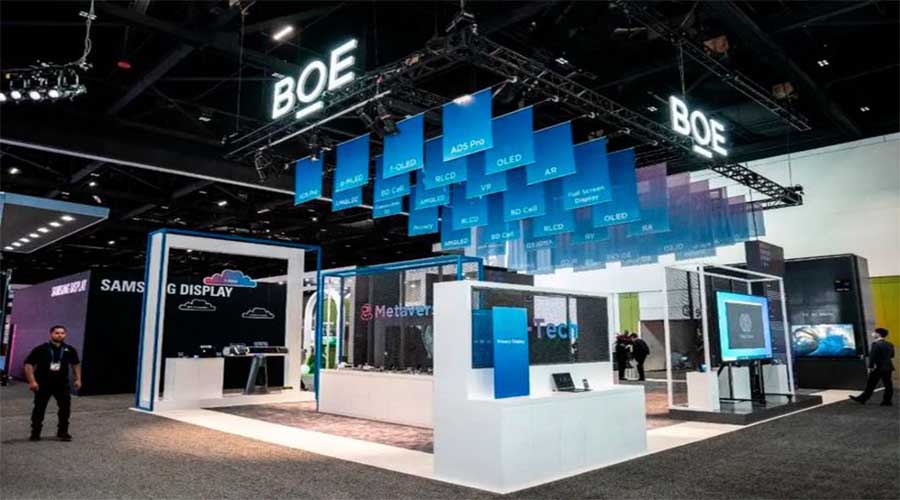
Key Advantages of OLED-дысплей
Exceptional Contrast and Image Quality of OLED-дысплей
The self-emissive nature of pixels in OLED Displays produces absolute black levels by switching off pixels completely. This leads to an infinite contrast ratio and richer colors, which are critical for medical imaging, professional photography, and automotive dashboard displays.
Energy Efficiency Benefits of OLED-дысплей
OLED Displays consume significantly less power than LCDs, especially when displaying darker images or user interfaces. This efficiency results from the lack of a power-hungry backlight and direct pixel-level control of light emission, improving battery life in smartphones, wearables, and IoT devices.
Thin, Lightweight, and Flexible OLED Displays
With a thickness often below 1.5mm, OLED Displays offer unparalleled design flexibility including curved, foldable, and even rollable displays. Their lightweight nature benefits portable applications where size and weight are critical constraints.
Durability and Industrial-Grade OLED Displays
Industrial-grade OLED Displays withstand extreme temperature ranges (from -30°C up to 80°C) and maintain a lifespan of over 50,000 hours. This makes them ideal for demanding environments such as automotive instrument clusters and factory automation equipment.
Верхняя часткаOLED-дысплейПрымяненне ў розных галінах прамысловасці
Medical Equipment Using OLED-дысплей Technology
Precise and vibrant OLED Displays enhance diagnostic equipment, surgical monitors, and patient interface devices with high resolution and accurate color reproduction, improving medical outcomes and operational safety.
Automotive Dashboard and Infotainment OLED Displays
Modern vehicles increasingly employ curved and futuristic OLED Displays for instrument clusters and in-dash entertainment systems. Their durability ensures readability under varying light conditions and operational stress.
Smart IoT and Wearables Equipped with OLED-дысплей
Wearables such as smartwatches and fitness trackers benefit from the compactness and low power consumption of OLED Displays, providing crystal-clear feedback and longer battery life for users on the go.
Industrial Automation and Equipment Featuring OLED-дысплей
Industrial control panels and diagnostic interfaces implement OLED-дысплей modules for robust operation in harsh environments, delivering reliable, easy-to-read data streams essential for production efficiency.
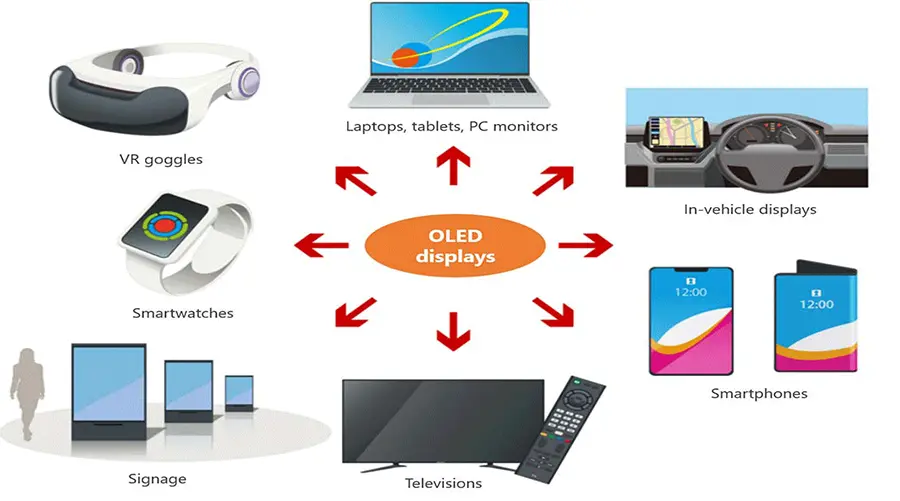
OLED-дысплей Customization & Buying Guide
Choosing the Right OLED-дысплей for Your Project
To select the optimal OLED-дысплей, consider critical parameters such as resolution, dimensions, interface compatibility (SPI, I2C, etc.), brightness, and environmental operating conditions. Defining application-specific requirements ensures performance and integration success.
Ensuring Interface and Communication Compatibility with OLED Displays
Verify that your chosen OLED-дысплейпадтрымлівае неабходныя камунікацыйныя пратаколы, такія як SPI і I2C, якія спрашчаюць інтэграцыю кантролераў і стабільнасць сістэмы для ўбудаваных праектаў.
Сертыфікаты і стандарты якасці дляOLED Displays
ВыберыцеOLED-дысплеймодулі сертыфікаваны па міжнародных стандартах, такіх як RoHS, CE і ISO. Гэтыя сертыфікаты гарантуюць адпаведнасць экалагічным нормам, бяспеку і надзейнасць прадукцыі на сусветных рынках.
Падтрымка і хуткае прататыпаванне дляOLED Displays
ДавераныOLED-дысплейПастаўшчык прапануе тэхнічную падтрымку, рэсурсы для прашыўкі/драйвераў і паслугі хуткага прататыпавання, каб паскорыць час выхаду на рынак і знізіць рызыкі распрацоўкі.
Emerging OLED-дысплей Market Trends
Траекторыя росту глабальнайOLED-дысплейРынак
ГлабальныOLED-дысплейРынак працягвае хутка пашырацца дзякуючы росту колькасці смартфонаў, росту рынку носных прылад і росту попыту на аўтамабільную электроніку. Аналітыкі прагназуюць, што штогадовыя тэмпы росту перавысяць 20% на працягу наступных пяці гадоў.
Гнуткасць і стымуляванне інавацыйOLED-дысплейУсынаўленне
Гнуткая і складанаяOLED Displaysзмяняюць парадыгмы дызайну прылад, ствараючы новыя форм-фактары і зручнасці для карыстальнікаў у бытавой электроніцы і аўтамабільных інтэр'ерах.
Намаганні па скарачэнні выдаткаў і даступнасць для галіны
Дасягненні ў вытворчых тэхналогіях і эфект маштабу зніжаюць выдаткіOLED Displays, пашыраючы свой ахоп на прадукты сярэдняга класа і новыя сегменты рынку.
Тэхналагічная канвергенцыя і будучыя перспектывыOLED-дысплей
Інтэграцыя з MicroOLED, празрыстымі OLED і гібрыдамі AMOLED/PMOLED пашырае магчымасці дысплеяў, асабліва для прылад дапоўненай рэальнасці (AR) і віртуальнай рэальнасці (VR), якія патрабуюць высокай шчыльнасці пікселяў і нізкай затрымкі.
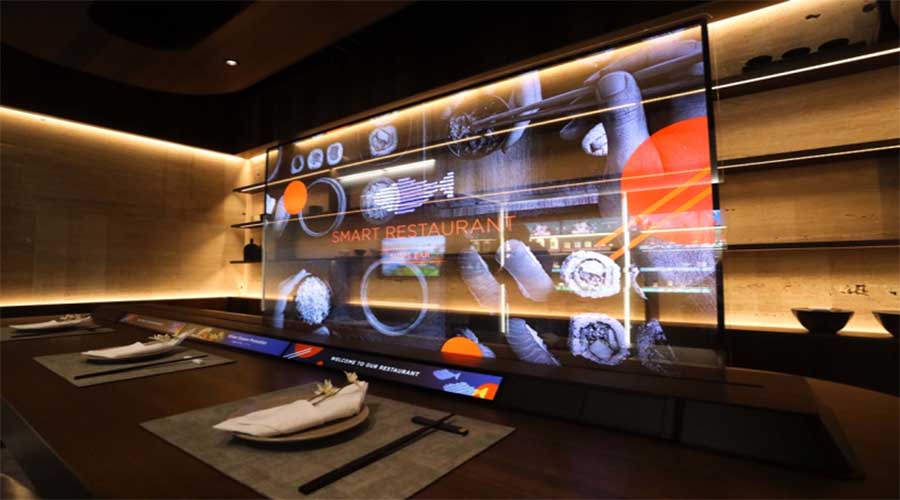
Conclusion: The Future of OLED-дысплей
У гэтым падрабязным кіраўніцтве разглядаюцца асновы, перавагі, галіновыя прымяненні і рынкавыя перспектывыOLED-дысплейтэхналогія. Спалучэнне выдатных каэфіцыентаў кантраснасці, тонкіх гнуткіх форм-фактараў і энергаэфектыўнасці спрыяеOLED Displaysна пярэднім краі інавацый у галіне дысплеяў.
Па меры развіцця тэхналогій і вытворчасці мы чакаемOLED Displaysстаць стандартам у медыцынскім, аўтамабільным, інтэрнэт-прасторы і прамысловым ужыванні. Кампаніі, якія імкнуцца атрымаць канкурэнтную перавагу, павінны разгледзець магчымасць інвеставаць у наладжвальныя, сертыфікаваныяOLED-дысплейрашэнні, каб скарыстацца гэтай тэндэнцыяй.
У Brownopto мы спецыялізуемся на пастаўцы высакаякасных, наладжвальныхOLED-дысплеймодулі з усеабдымнай тэхнічнай падтрымкай і глабальнымі сертыфікатамі для задавальнення зменлівых патрэб розных галін прамысловасці па ўсім свеце.
Latest articles
-
Чаму 1–2-цалевыя AMOLED-дысплеі з'яўляюцца ключавымі для AR/XR у 2025 годзе
Чаму 1-2-цалевыя AMOLED-дысплеі становяцца неабходнымі ў буме AR/XR (2025 Industry Insight)body {f
-
Understanding OLED Display Technology: Principles, Performance & Applications
OLED (Organic Light Emitting Diode) displays are a class of self-emissive display technology in whic
-
From Wearables to AR Glasses – How OLED Displays Are Redefining Visual Experiences in 2025
By 2025, OLED (Organic Light-Emitting Diode) technology has transitioned from luxury smartphone disp
-
Расцягнутыя ВК-дысплеі для рознічнага гандлю: павелічэнне продажаў і ўзаемадзеяння ў супермаркетах
Даведайцеся, як расцягнутыя ВК-дысплеі паляпшаюць маркетынг на паліцах супермаркетаў, павялічваюць продажы, скарачаюць
-
Расцягнутыя ВК-рашэнні для рэстаранаў і гасцінічных устаноў
Расцягнутыя ВК-дысплеі прапануюць элегантныя дысплеі высокай яркасці, ідэальна падыходзяць для меню рэстаранаў і гасцінічных устаноў.
Рэкамендаваныя прадукты
-
2,1-цалевы AMOLED-дысплей электроннай паперы з дазволам 410×502 для партатыўнага сканера
2,1-цалевы OLED-дысплейны модуль — гэта кампактнае рашэнне з высокім разрозненнем, прызначанае для інтэграцыі ў
-
3.92 INCH OLED Screen I2C Interface 1080 × 1240 Resolution
Тэхнічныя характарыстыкі прадукту: BRO392001A Разрозненне: 1080x1024 Дыяпазон працоўнага напружання: 28 В Памер экрана: 3,92
-
6.01 INCH Display OLED screen | High Definition 1080x2160 | MIPI Interface
Характарыстыкі прадукту: BRO601001A Рэжым дысплея: AMOLED Памер экрана (цалі): 6,01 Разрозненне: 1080x2
-
1.93 INCH OLED Panel I2C 368x448 Industrial-Grade Panel
1,93-цалевы AMOLED-модуль (мадэль BR193103-A1) ад Shenzhen Brownopto Technology мае асноўную перавагу
-
5.48 INCH AMOLED Display Module - 1080x1920 I2C, MIPI DSI, Industrial
Тэхнічныя характарыстыкі прадукту: BRO548001A Разрозненне: 1080x1920 Дыяпазон працоўнага напружання: 2,8 В Памер экрана: 5,4


